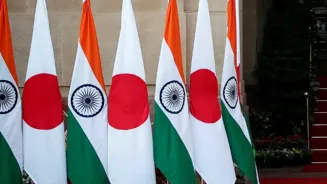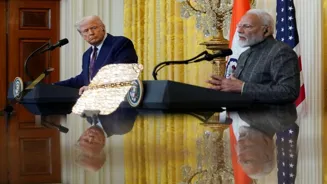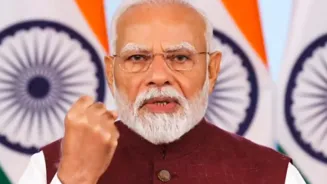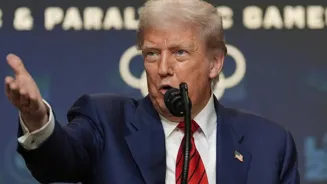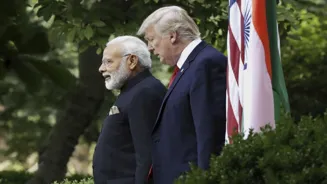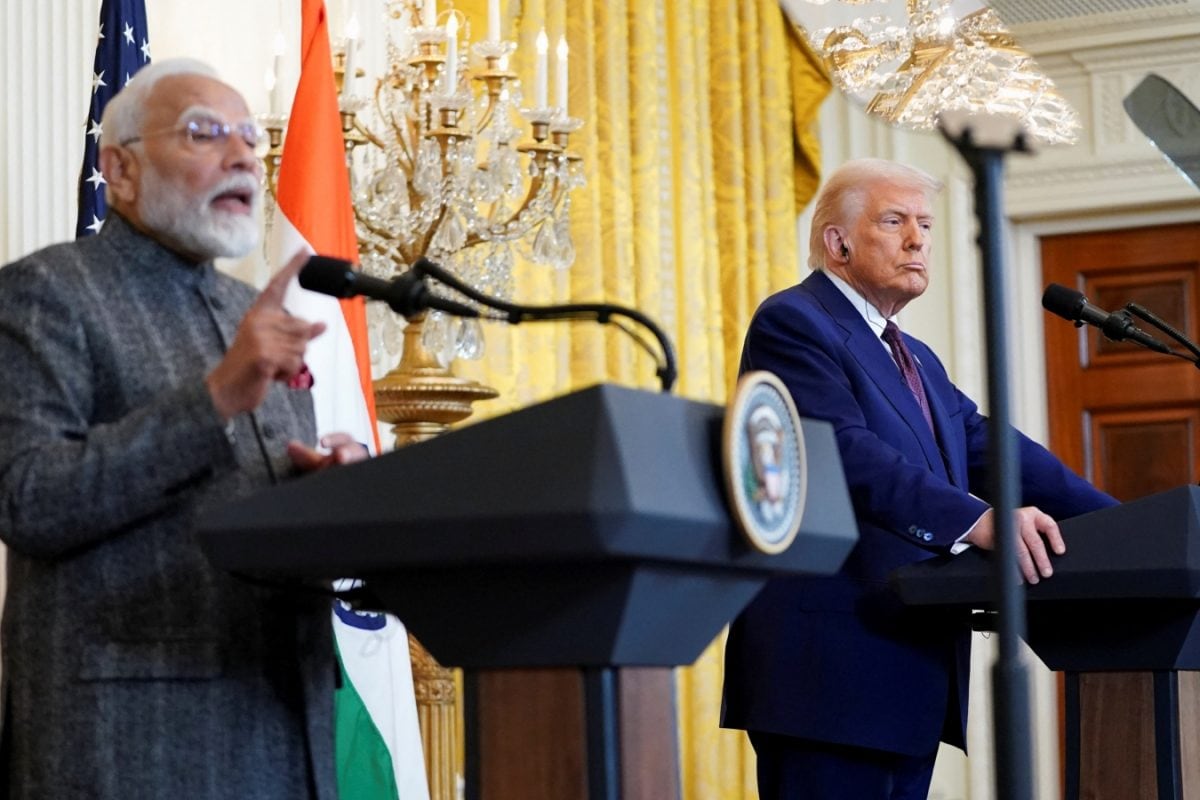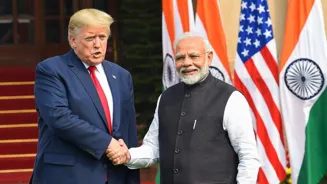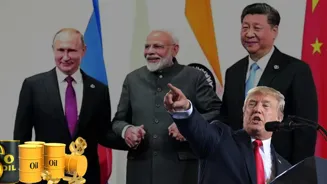In recent weeks, senior Indian military officials have actively engaged with their Japanese counterparts. Chief of Defence Staff (CDS) General Anil Chauhan visited Tokyo and held talks with General Yoshida Yoshihide, Chief of Staff of Japan’s Self-Defense Forces (JSDF).
This was followed by a four-day official visit by Indian Navy Chief Admiral Dinesh K Tripathi, aimed at strengthening maritime and strategic
These developments come ahead of PM Modi’s expected visit, during which discussions are likely to extend beyond defence cooperation to include economic initiatives, most notably, the Mumbai-Ahmedabad high-speed rail project.
This flurry of diplomatic and military activity raises critical strategic questions and comes at a time of significant geopolitical shifts. According to the Ministry of External Affairs’ latest brief on the Quad (February 2025), India remains firmly committed to “a free, open,
Strategic analysts argue that India’s growing bilateral engagement with Japan is not an abandonment of the Quad but rather an attempt to add depth where mutual interests align. These developments also come against the backdrop of escalating trade tensions with the United States. President Donald Trump has imposed 25% tariffs on Indian imports and introduced additional
Japan, under its evolving security doctrine, is gradually moving away from its post-war pacifist stance and is seeking stronger defence partnerships in the Indo-Pacific, making India a natural and strategic partner.
India’s approach, meanwhile, reflects pragmatism. While the Quad offers a platform for
PM Modi’s upcoming visit is expected to cement both strategic and economic ties further, positioning the Indo-Japanese axis as a key pillar in India’s Indo-Pacific strategy, complementary to, rather than in competition with, the Quad.
This
